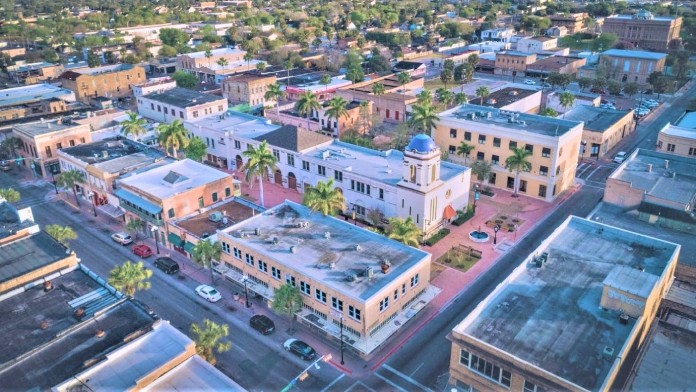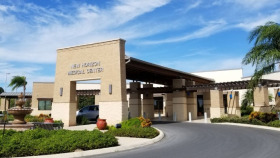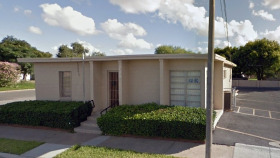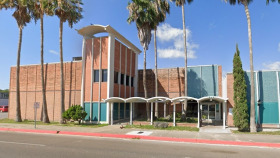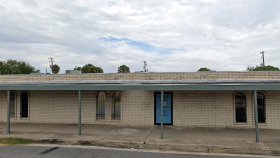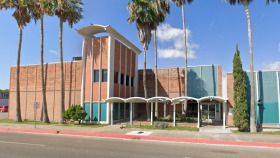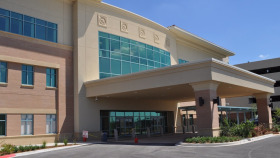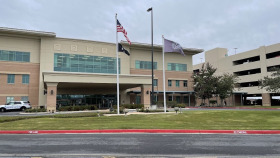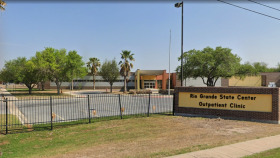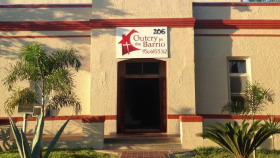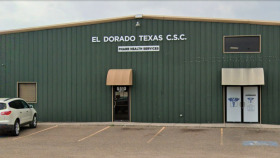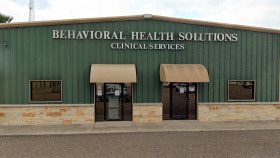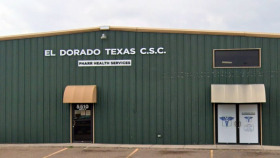Expert Insights
Its location near the Mexican border has made Brownsville a center for drug trafficking. This major distribution hub sees a high level of drug activity, with smugglers moving cocaine, heroin, meth, and marijuana through Brownsville to other U.S. destinations. And yet, amidst this center of drug distribution, there are only six – yes six – substance use treatment facilities. For comparison, Little Rock, AR has only a slightly larger population, but it is home to 22 treatment centers. Why are there so few resources in Brownsville for those who struggle with drug abuse? Policy makers need to do something to establish more facilities that will bring much-needed support to this city.
~ Kerry Nenn
Cost of Drug Rehab in Brownsville
The cost of alcohol or drug rehab in Brownsville varies from facility to facility based on several factors. Your treatment costs will depend on the type of facility you choose, whether you have insurance, what your insurance plan covers, and the length of time you spend in care. According to the Substance Abuse and Mental Health Services Administration, Cameron County has seven alcohol and drug facilities. Of those treatment centers:7
- Five offer various forms of payment assistance
- Six work on a sliding fee scale for patients with low incomes and insufficient or no health insurance
- Seven accept Medicaid
- Four accept Medicare
- Seven accept private health insurance
If you have health insurance, whether it’s a publicly funded or private plan, your policy should provide some level of coverage for addiction treatment. But you’ll need to call your provider to verify your benefits and extent of coverage. Depending on your policy, your insurance could significantly reduce or even eliminate your treatment costs at Brownsville drug rehabs that accept your plan.
Brownsville Alcohol and Drug Use Statistics
Brownsville is the county seat and the most populous city in Cameron County, Texas. Like many municipalities near the Mexico–United States border, the city has long struggled to control illicit drug use among its residents. Alcohol use is also a major community health concern, as chronic liver disease remains the county’s third-leading cause of death.1 Other drug and alcohol use statistics of note for the area include:2, 3, 4, 5, 6
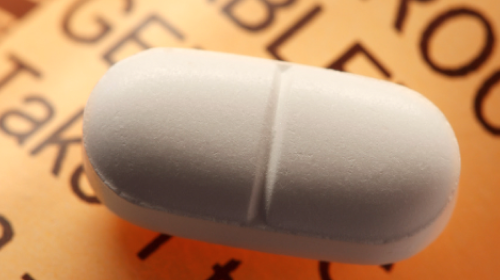
In 2019, 25 Cameron County residents lost their lives to accidental drug overdoses. Nearly half of those deaths involved opioids.
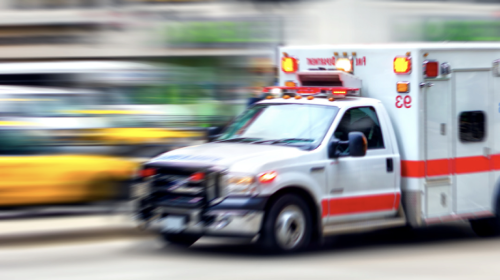
In 2020, Cameron County recorded 39 opioid-related emergency department visits at hospitals throughout the county.
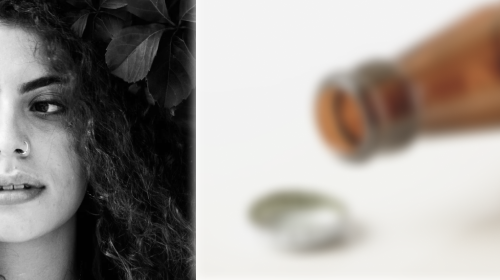
In 2017, roughly 15% of Cameron County adults self-reported engaging in binge or heavy drinking.

In 2017, roughly 3,350 Cameron County minors were admitted to treatment for substance use and/or mental health concerns. Nearly 300 of those individuals were diagnosed with co-occurring conditions.
In 2019, Texas’ Region 11 (to which Cameron County belongs) recorded nearly 5,600 traffic crashes involving alcohol and/or drugs. Roughly 2,370 of those incidents involved alcohol and drugs combined.
In 2019, nearly 1,000 Region 11 residents were admitted to treatment for an alcohol use disorder. Roughly 1,020 residents were admitted for heroin use, approximately 300 were admitted for methamphetamine use.
Drug and Alcohol Laws in Brownsville, TX
Jessica Sosa Act (Texas Good Samaritan Law): In 2021, Texas passed House Bill 1694, also known as the Jessica Sosa Act, to encourage more people to call 911 when they witness a person experiencing a drug-related overdose. Under this law, the first person to seek emergency medical assistance for someone who appears to be overdosing cannot be arrested or prosecuted for certain drug-related offenses. Only people in possession of small quantities of controlled substances are eligible for legal immunity under this act, including those who seek help during their own suspected overdose.8</sup
Expanded Naloxone Access: Under Senate Bill 1462, individuals who may be at risk of experiencing an opioid-related overdose can obtain an opioid-reversal medication called naloxone without a prescription from participating, licensed pharmacies. Anyone who may be able to administer naloxone to a person experiencing an overdose can also get the medication from participating pharmacies without a prescription. In 2019, Texas also became the first state in the union to offer naloxone for purchase online.9, 10
911 Lifeline Law: Under Senate Bill 1331, persons under the age of 21 who call 911 for a peer who appears to have alcohol poisoning will not be prosecuted for alcohol possession or consumption. Individuals under the age of 21 who seek emergency medical assistance for their own alcohol overdose also have limited legal immunity under this law.11
Sandra Bland Act: Under Senate Bill 1849, Texas correctional facilities are required to not only identify persons with suspected substance use and/or mental health disorders but also divert them to treatment. This bill also makes it easier for incarcerated individuals with substance use and/or mental health concerns to obtain a personal bond.12
Cameron County Divert Court: In Cameron County, certain individuals charged with non-violent, alcohol-related, or drug-related offenses can opt into the court’s diversion program rather than going through traditional court proceedings. This program aims to rehabilitate offenders with addiction and requires a closely supervised, 12- to 18-month commitment. Upon successful completion of the program, participants can have their charges dismissed.13, 14
Resources
- Brownsville, Texas Population 2021 (Demographics, Maps, Graphs). (n.d.). Worldpopulationreview.com.
- Texans Fight Fentanyl | Texas Workforce Commission. (2021). Texas.gov.
- FindTreatment.gov. (n.d.). FindTreatment.gov.
- Gonzalez, S., Limon, A., Davila, D., McAnarney, A., & Boyd, K. (2018). Cameron County community: Social and epidemiological assessment.
- Texas Department of State Health Services. (n.d.). Drug Overdose Deaths.
- Texas Department of State Health Services. (n.d.). Opioid-Related Emergency Department Visits.
- Behavioral Health Solutions of South Texas, Prevention Resource Center 11. (2019). Regional Needs Assessment.
- Behavioral Health Solutions of South Texas, Prevention Resource Center 11. (2019). Crashes—Alcohol and Drugs 2019.
- Behavioral Health Solutions of South Texas, Prevention Resource Center 11. (2019). Substance Use Disorder Admissions for Region 11 in 2019.
- Substance Abuse and Mental Health Services Administration. (n.d.). FindTreatment.gov.
- Texas Legislature Online. (2021). House Bill No. 1694.
- Texas State Board of Pharmacy. (n.d.). Opioid Dispensing.
- Texas Legislature (n.d.). Senate Bill No. 1462.
- Texas Legislature (n.d.). Senate Bill No. 1331.
- Texas Legislature (n.d.). Senate Bill No. 1849.
- The County of Cameron Brownsville, Texas. (n.d.). Guidelines for Cameron County Pre-Trial Release.
- Texas Department of Criminal Justice. (2003, March 03). Texas Drug Courts.

